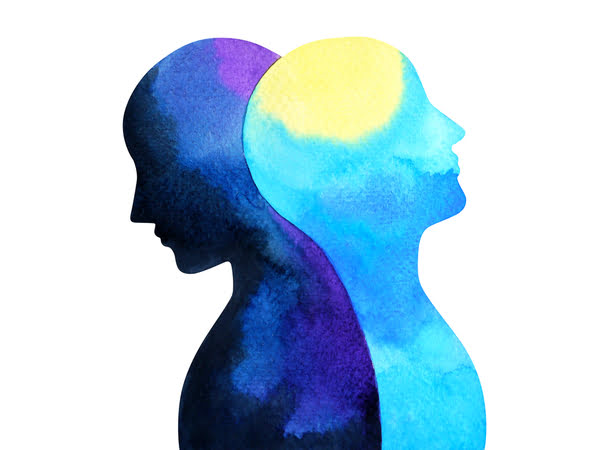Borderline Personality Disorder (BPD) and Bipolar disorder can be very confusing. It’s common to mistake one for the other. This is because, despite being distinct disorders, they have overlapping main symptoms.
The common symptoms of BPD and Bipolar disorder are:
- Extreme mood swings
- Impulsive behaviors
- Difficulty managing emotions
Despite these similarities, BPD and Bipolar disorder are different in that the former is a personality disorder while the latter is a mood disorder.
BPD is mainly characterized by:
- Unstable self-image
- Insecure attachment
Bipolar disorder is characterized by:
- Episodes of mania (high energy)
- Episodes of depression (low energy)
If someone presents the symptoms of extreme mood swings, impulsivity, and difficulty controlling emotions, it can be hard to tell whether they have BPD or Bipolar disorder.
The key to differentiating BPD from bipolar disorder is to look at the origins and patterns of these symptoms.
Taking the BPD vs. Bipolar test
This test consists of 20 items on a 2-point scale, with options being Agree and Disagree. When you finish the test, you’ll get a separate score for BPD and Bipolar disorder. This test is not meant to be a diagnosis, but a high score can indicate a disorder.
If you get a high score on both, you probably have both. BPD and Bipolar disorder can co-occur.


